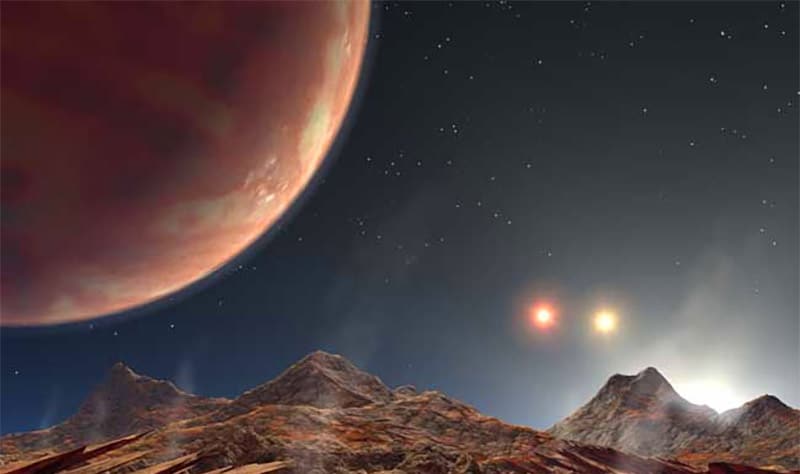
Tonight Space’s Deepest Secrets on Science Channel looks at how the thousands of new planets being discovered are changing the way scientists think about our own solar system.
Up until only a few years ago there had been very little information about the planets that we assumed were in orbit around other stars, so called exoplanets.
Then in 1992, a planetary mass was discovered orbiting a pulsar.
However, it was not for another three years that a planet was found orbiting a main-sequence star (our sun is a main-sequence star).
The planet was very large and described as a hot Jupiter. It was orbiting the fairly close star 51 Pegasi.
Since then scientists have discovered over 3,000 planets in thousands of planetary systems.

They range from Earth-like rocky planets to vast gas giants like Jupiter.
For instance Kepler-10c is about 2.3 times the size of Earth, though 17 times as heavy. It is made up of 75% water and 25% rock.
There are also more exotic worlds where the conditions are as different from Earth as you could possibly get.
CoRoT-7b is an inhospitable world with temperatures reaching 4,000 degrees Fahrenheit (2,200 degrees Celsius). This rocky planet could be the remains of a gas giant that has been vaporised, and might also rain rocks!

These distant worlds are unlocking the secrets of our own solar system’s creation as dust and rocks coalesced into young planets and eventually created the planetary system we would recognise as home.
Watch Space’s Deepest Secrets tonight 10 PM on Science Channel.